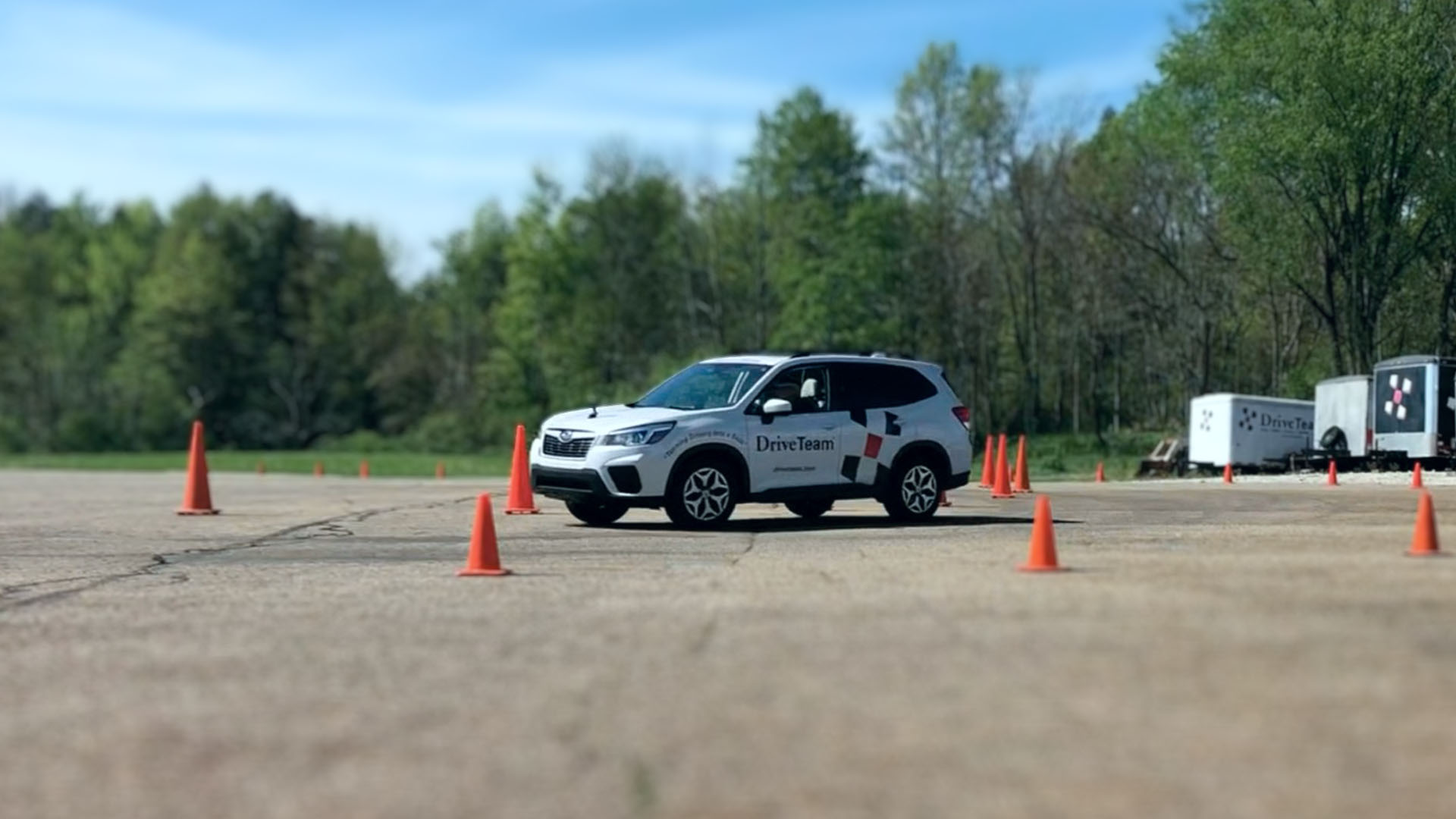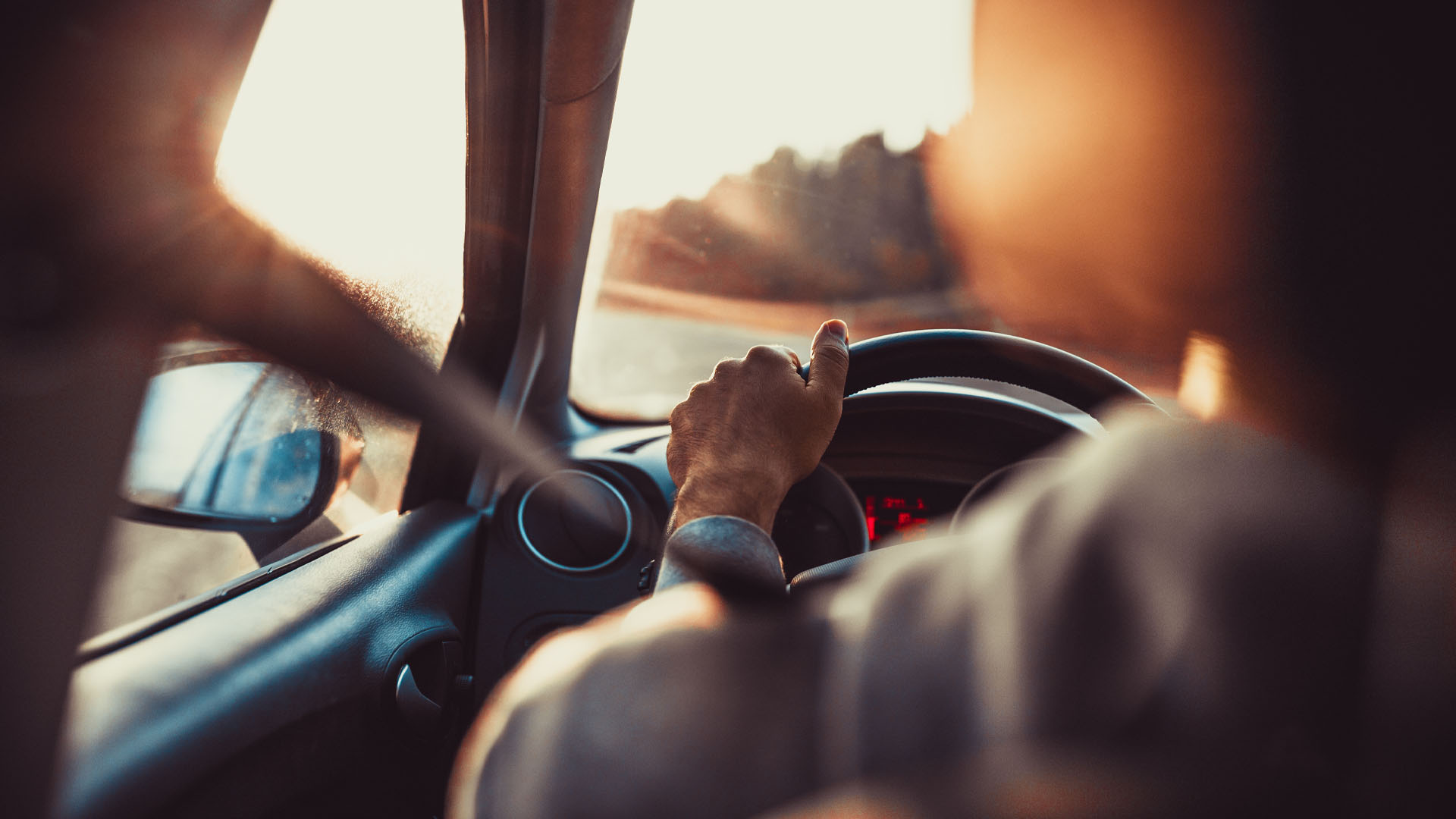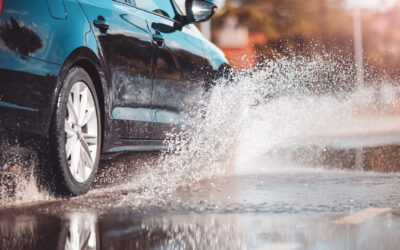Vision is 90%
Driving isn’t just about turning the wheel and pressing the pedals—it’s a complex coordination of skills, and vision is the cornerstone of it all. Whether you’re gauging the speed of an oncoming car, navigating a tricky turn, or spotting a pedestrian at the edge of your periphery, your eyes are the MVPs of the driving game. Let’s break down why vision is absolutely critical for staying safe behind the wheel.
1. Your Eyes Do the Heavy Lifting
Did you know that around 90% of the information you process while driving is visual? That’s right—your eyes are constantly scanning for signs, signals, other vehicles, and potential hazards. From spotting a stop sign to gauging the speed of a merging car, sharp visual acuity is essential. Without it, those split-second decisions that keep everyone safe could be dangerously delayed.
2. Depth Perception: The Unsung Hero
Depth perception is your brain’s ability to judge distances—a skill you probably don’t think about until it’s gone. It’s what keeps you from misjudging how far that truck ahead really is or how much room you have to safely merge into a new lane. In tricky conditions like nighttime driving or heavy rain, depth perception becomes even more crucial. When it’s off, accidents aren’t far behind.
3. Peripheral Vision: The Early Warning System
Think of peripheral vision as your personal radar, scanning the edges of your visual field for sudden movements or potential hazards. Spotting a pedestrian about to cross or a cyclist edging into your lane often happens outside your direct line of sight. A loss in peripheral vision isn’t just inconvenient—it’s a serious safety risk, especially at intersections where surprises come from all angles.
4. Night Vision & Glare Recovery: Navigating the Dark
When the sun sets, your vision shifts gears. Night driving relies on what’s called scotopic vision, which depends on the rods in your eyes to see in low light. But night vision isn’t the only challenge—glare recovery plays a massive role, too. Think about those moments when an oncoming car’s high beams blind you. Your ability to quickly recover and adjust back to the darkness is essential for spotting hazards. If glare recovery is impaired, those few seconds of blindness could make all the difference.
5. Eye-Hand Coordination: The Reflexive Dance
Driving is an intricate ballet of eye-hand coordination. See an obstacle? Your brain sends rapid-fire instructions to your hands and feet to steer, brake, or accelerate accordingly. Without precise visual input, this entire process breaks down, leading to slower reaction times and potential accidents.
Keeping Your Vision in Top Gear
Want to drive safely? Start with your eyes. Regular eye exams are non-negotiable—they catch vision changes early and ensure you’re equipped with the right glasses or contact lenses. Feeling tired? Eye fatigue is no joke; it clouds your judgment and slows reaction times. Combat it by taking breaks, staying hydrated, and ensuring your car’s cabin isn’t overly bright or dim. Sunglasses with anti-glare lenses can also make a world of difference on sunny days.
Above all, don’t let distractions steal your focus. Clear, sharp vision paired with undivided attention is the ultimate formula for safe driving.
In the Driver’s Seat, Vision is Everything
Safe driving starts with your eyes. They’re not just seeing the road—they’re actively analyzing, calculating, and reacting to everything in your environment. When your vision is sharp and your focus is clear, you’re not just protecting yourself—you’re safeguarding everyone who shares the road with you.
So, the next time you buckle up, give your eyes the credit they deserve. After all, they’re the unsung heroes of every smooth ride and safe journey.
Improve Your Driving Skills Today!

2-Day Advanced Skills

4-Hour Advanced
Teen Driving Clinic

4-Hour Winter Skills Clinic
More From Our Blog
Safe Winter Driving in December’s Most Unpredictable Conditions
December, Driving in Winter’s Most Unpredictable Month December brings a unique mix of challenges for drivers. From rapidly changing weather and shorter daylight hours to heavier holiday traffic, it’s a month that demands extra caution on the road. Understanding...
When Driving on Wet Roads You Should: 8 Essential Safety Tips
Wet roads are arguably the most underestimated driving hazard. While snow and ice get the most attention, rain-related crashes occur far more often. In fact, national crash data confirms that the majority of weather-related accidents happen on wet pavement. Even mild...
November Driving: Essential Safety Tips for a Risky Transition Month
November Driving 2025 As the leaves fall and temperatures drop, November driving brings unique challenges that every motorist should prepare for. From shorter daylight hours to unpredictable weather shifts, this month marks the shift from autumn to winter, increasing...




Trackbacks/Pingbacks